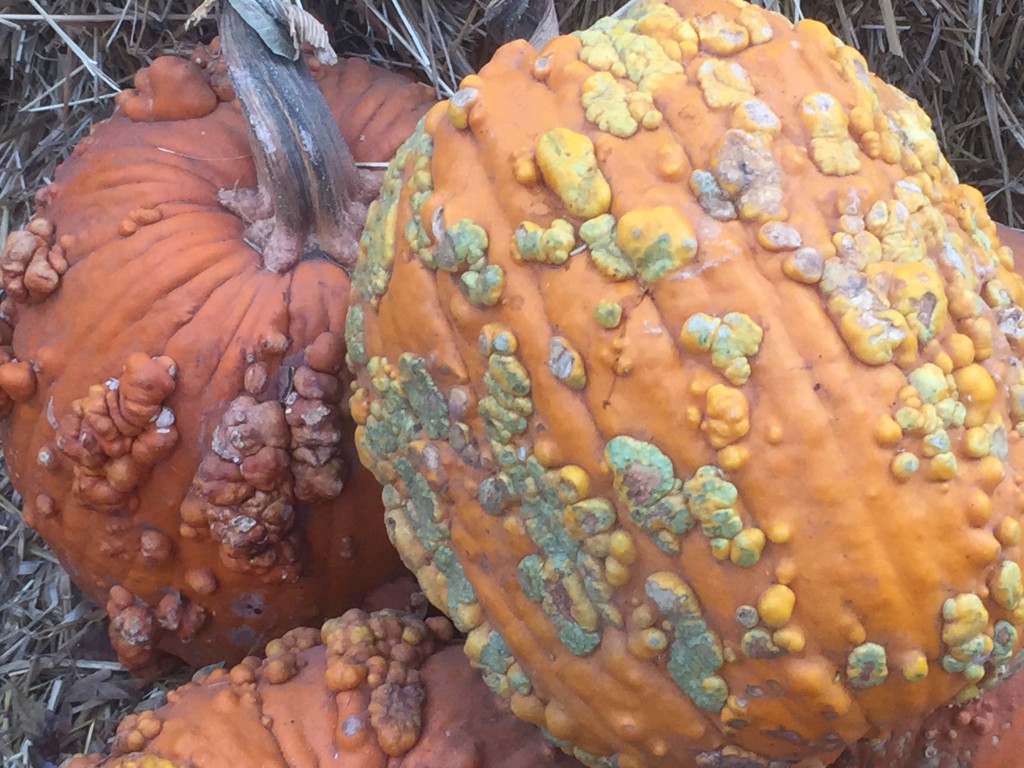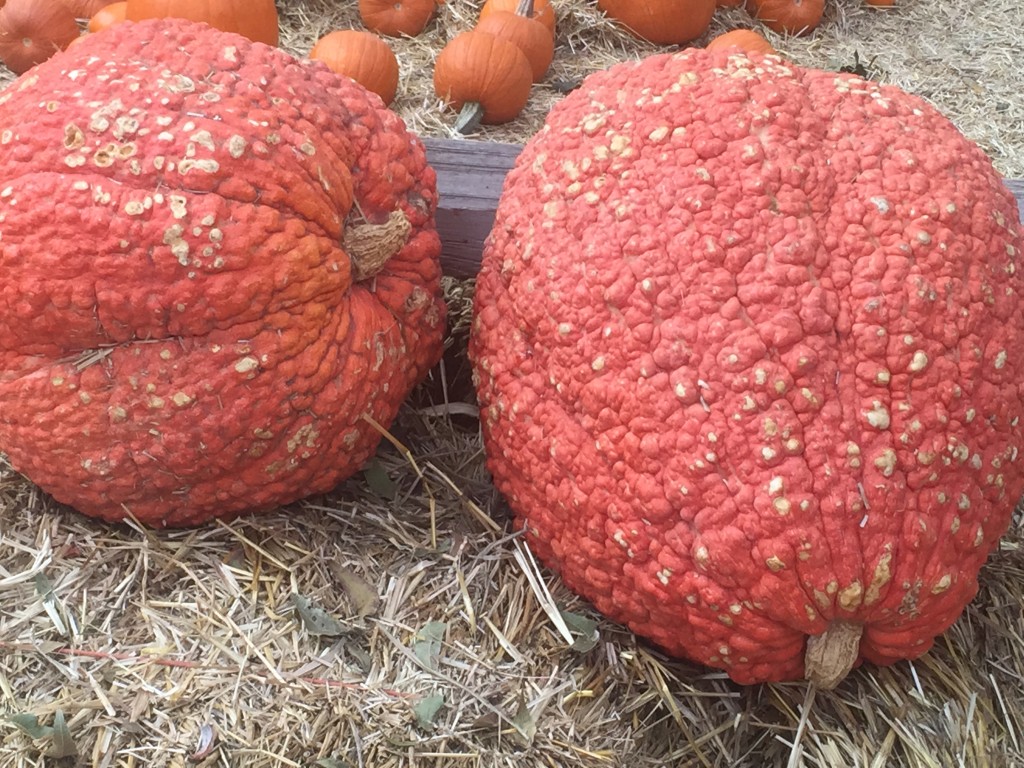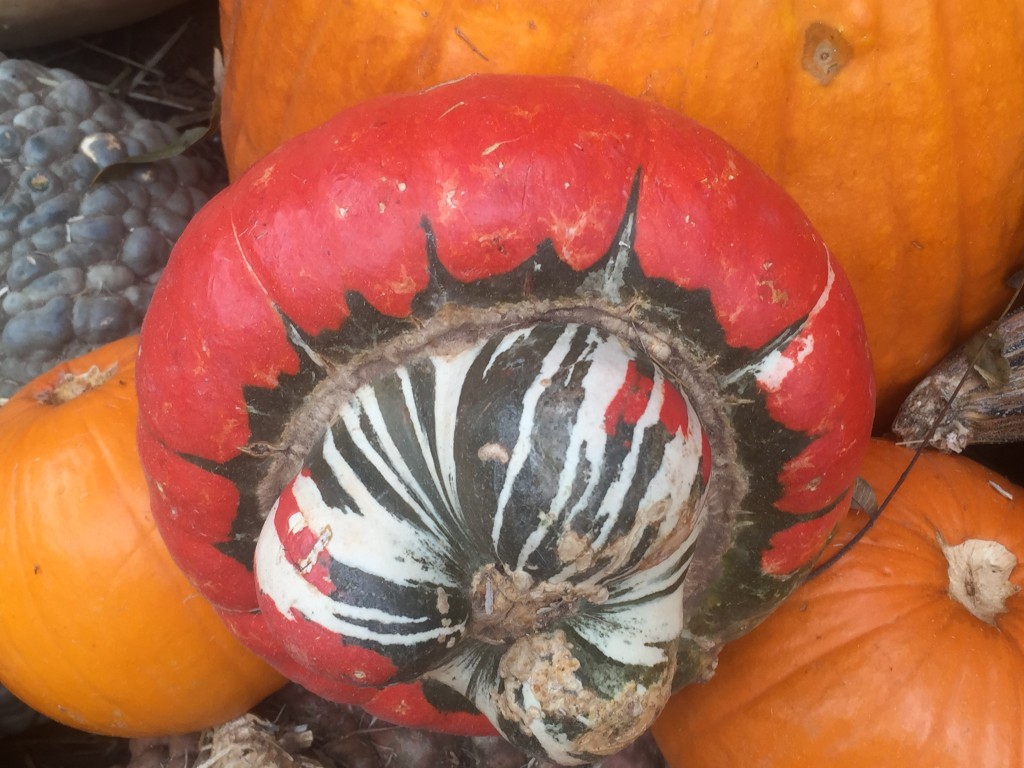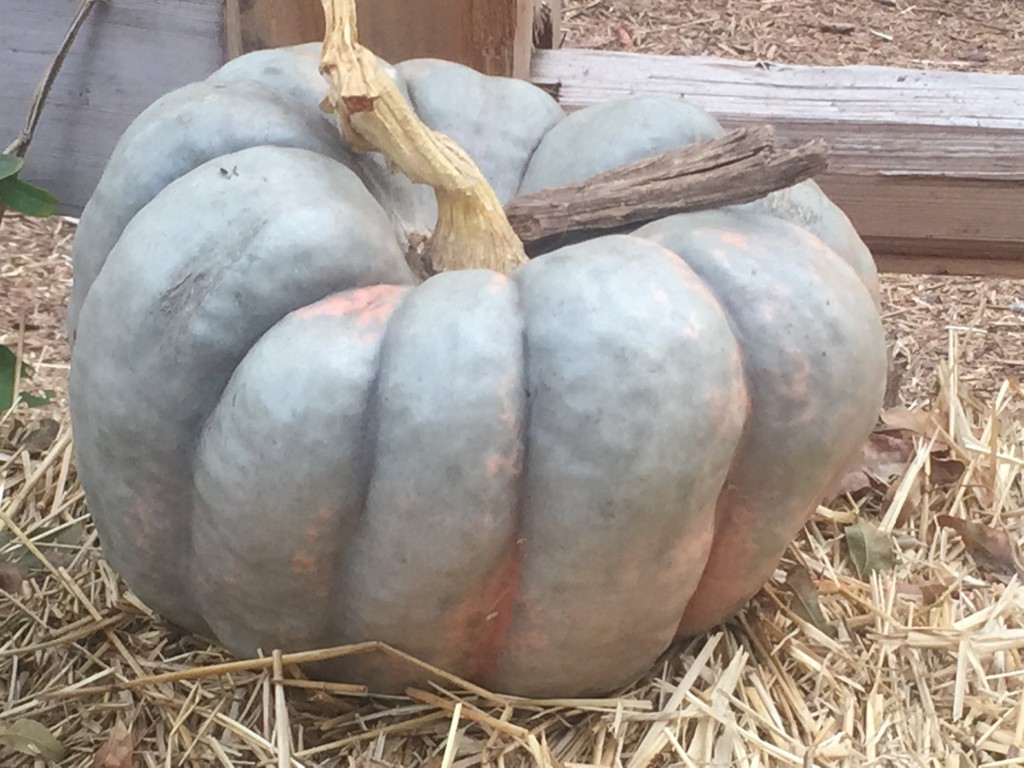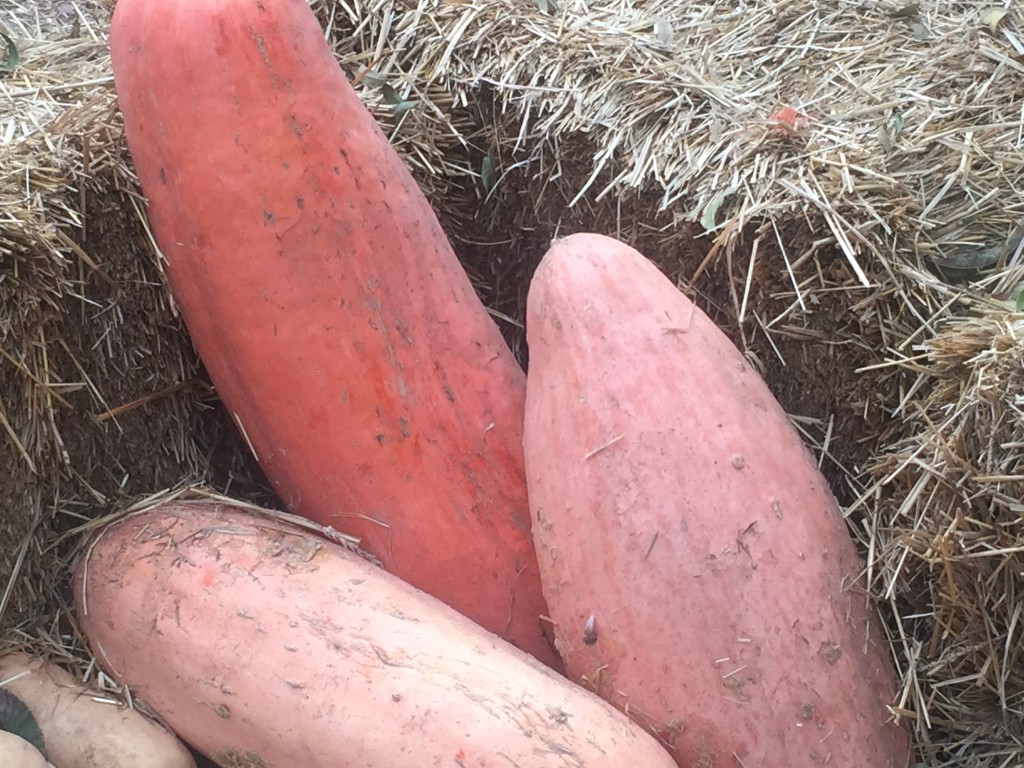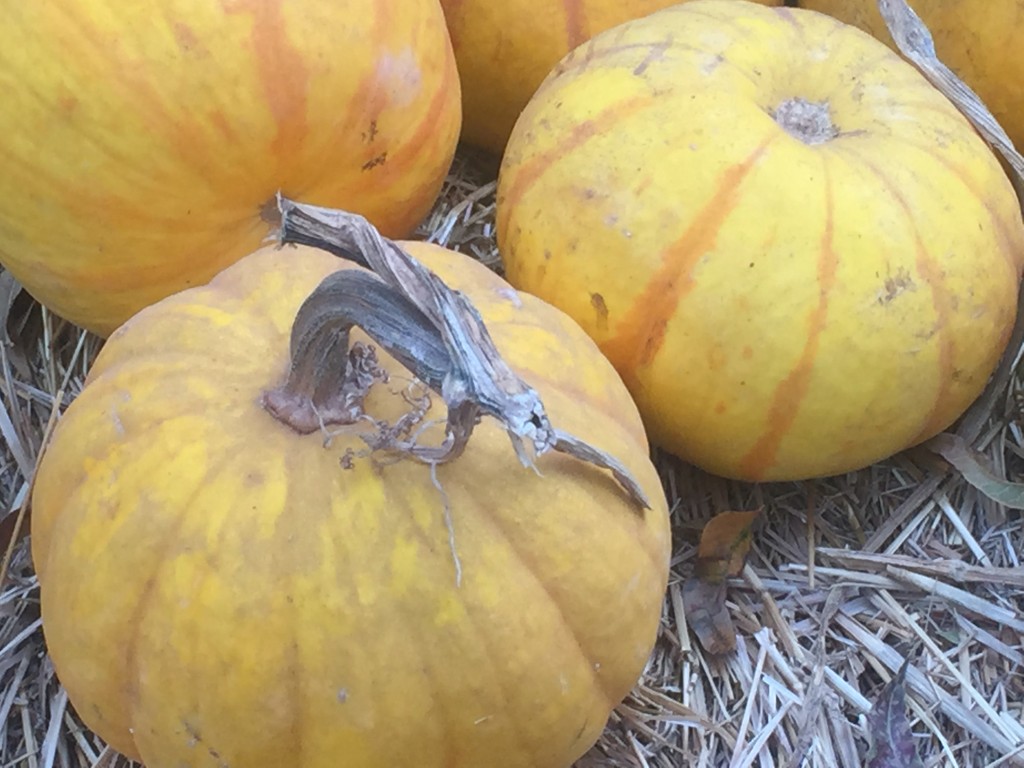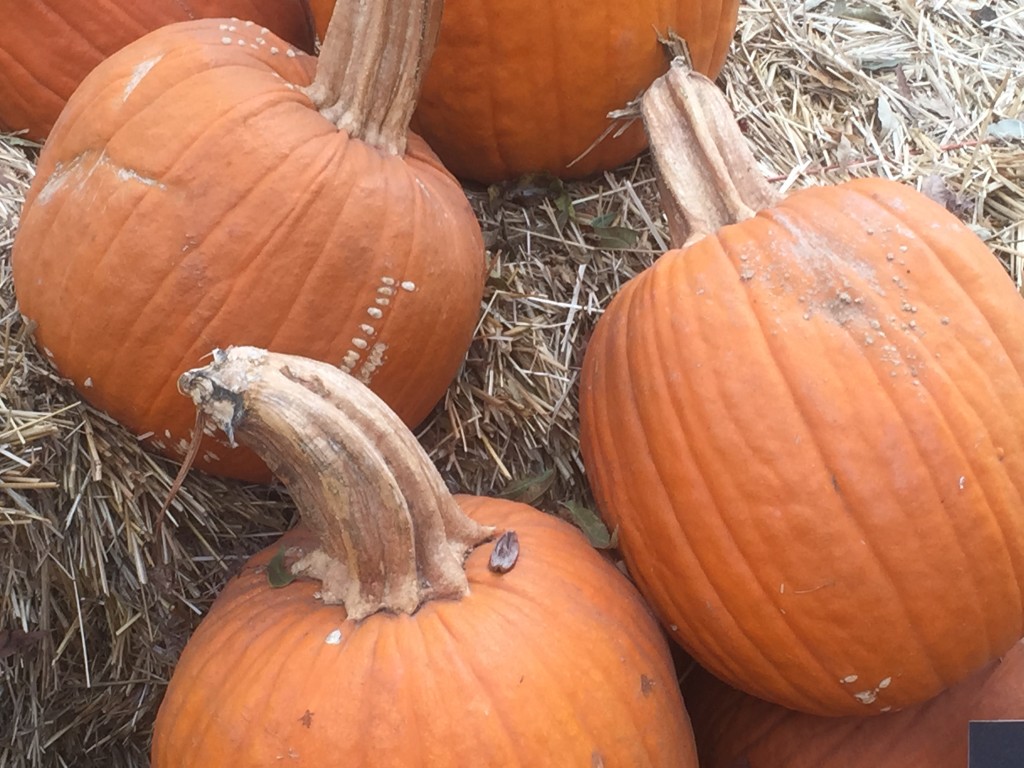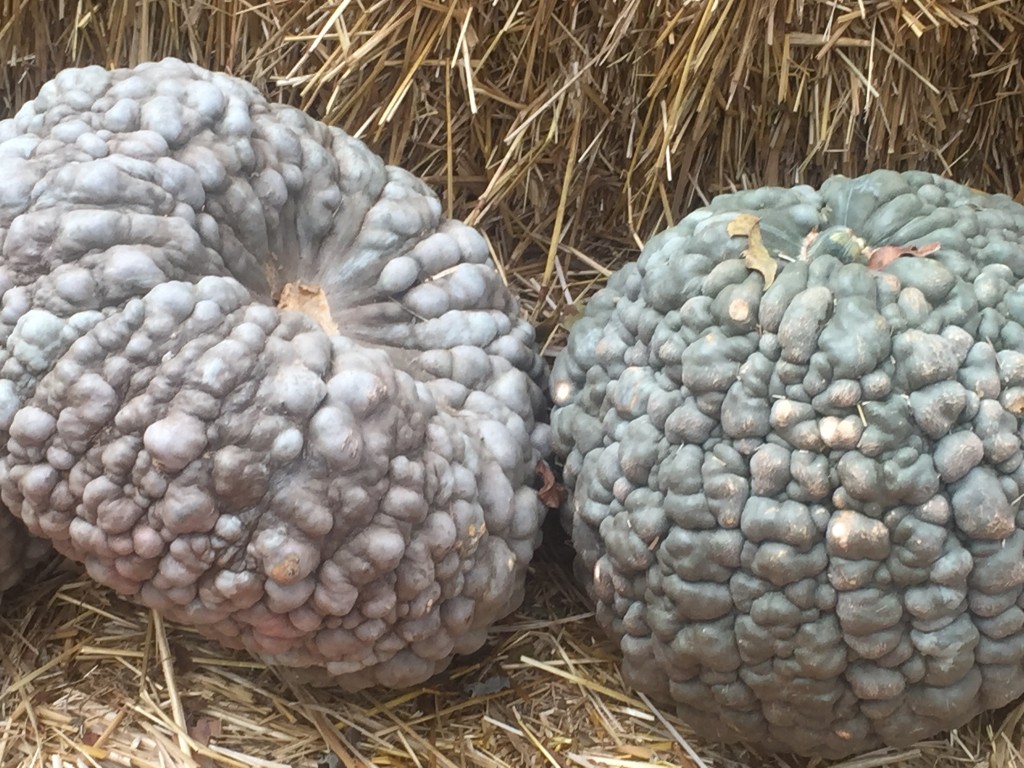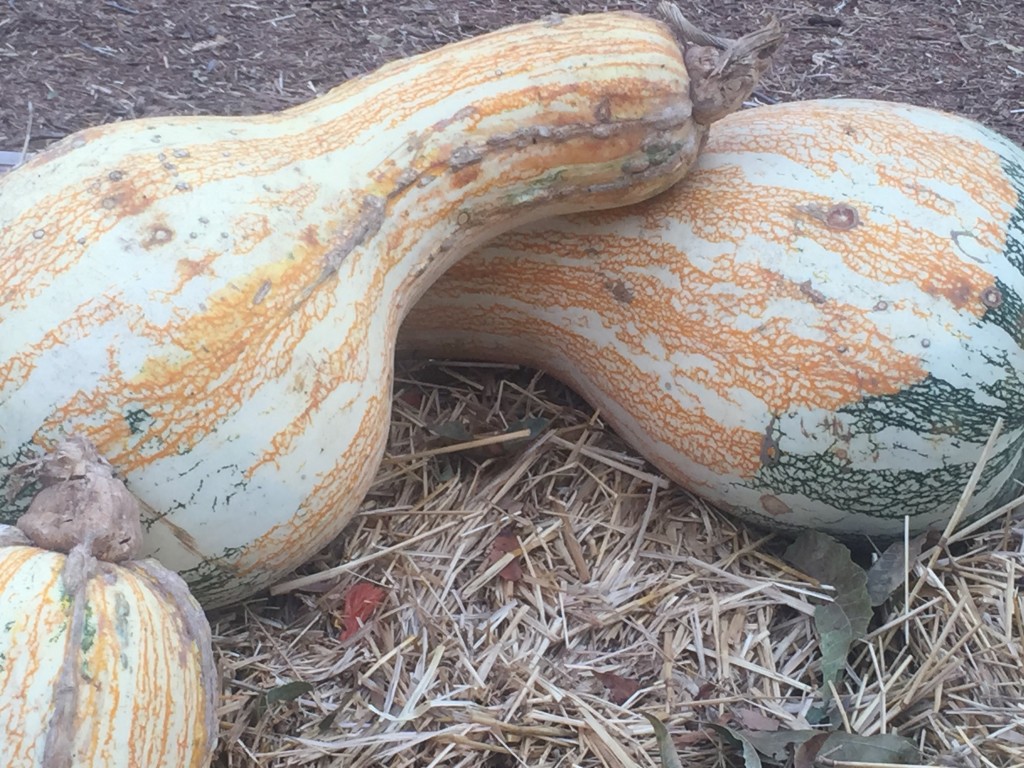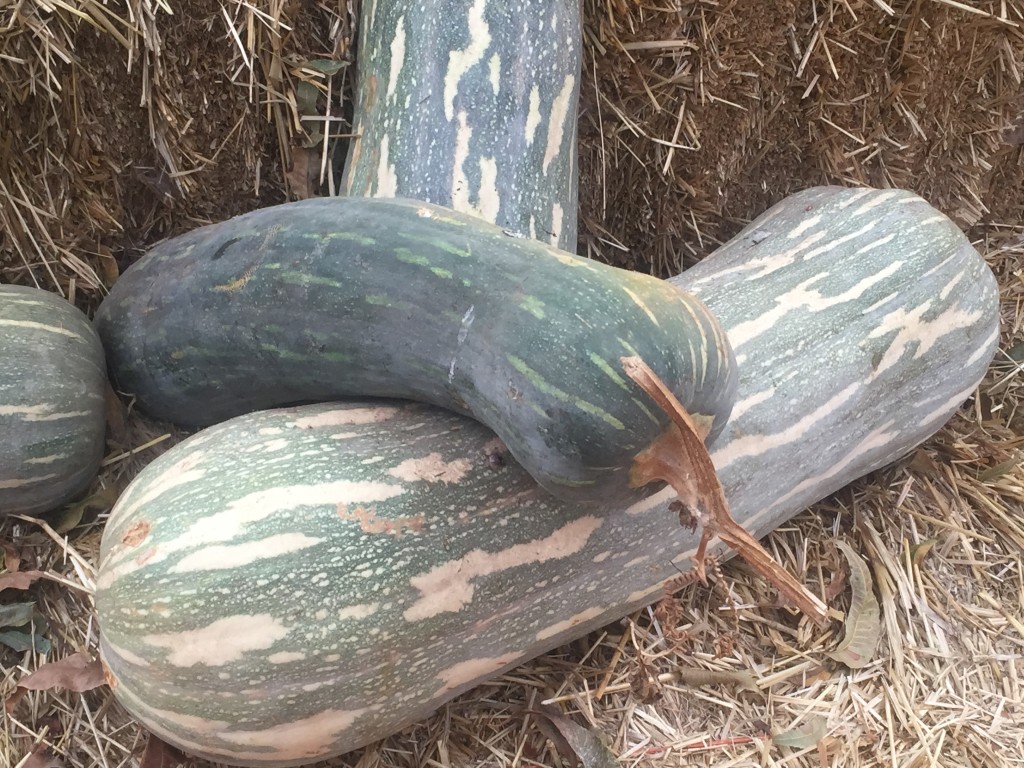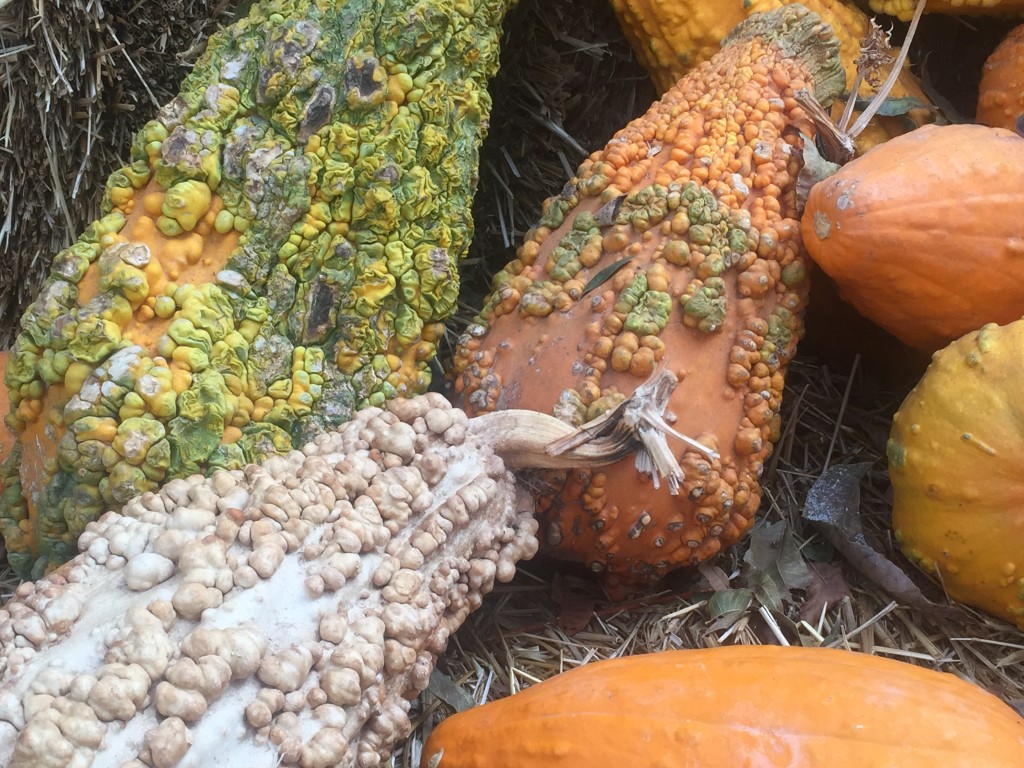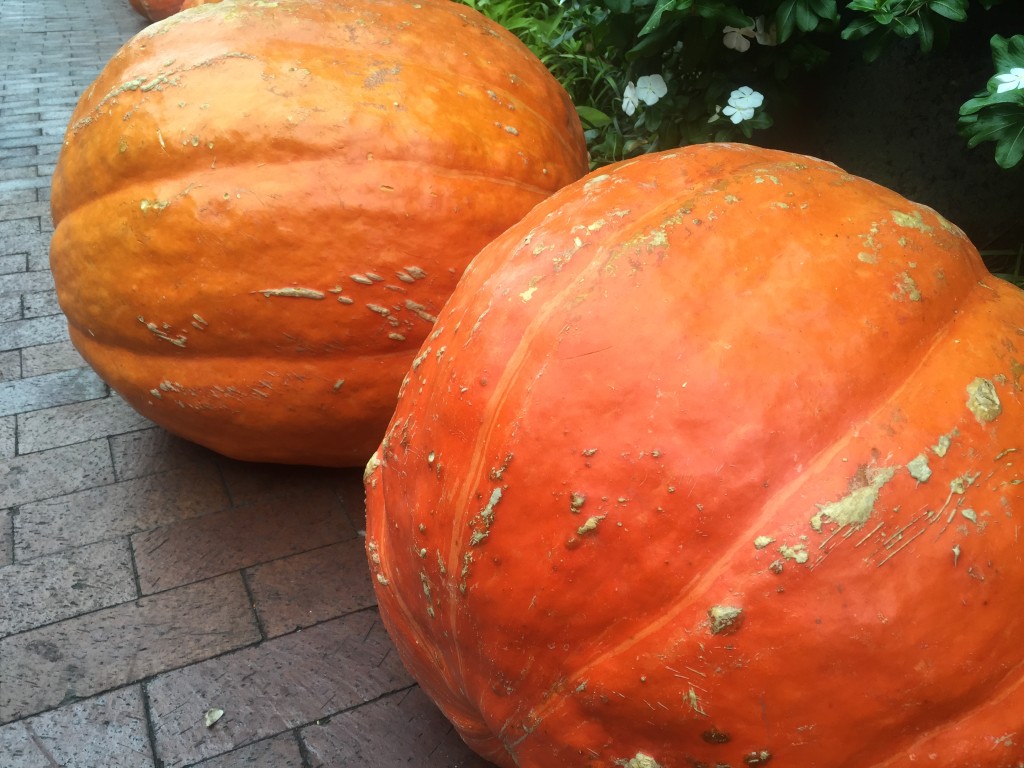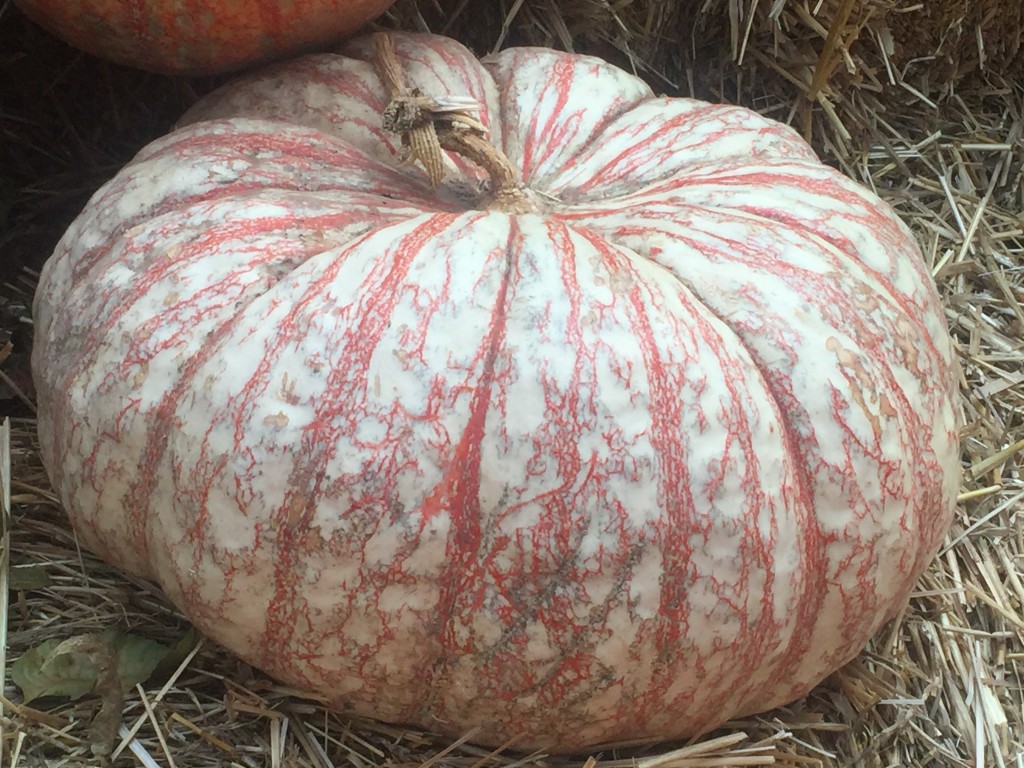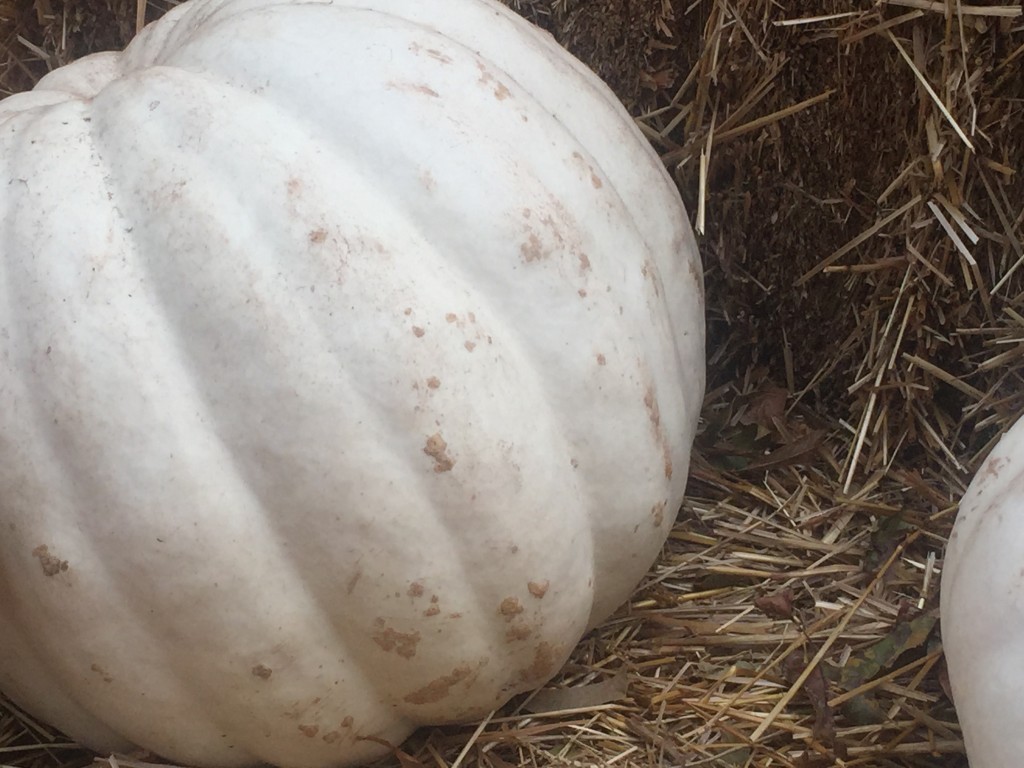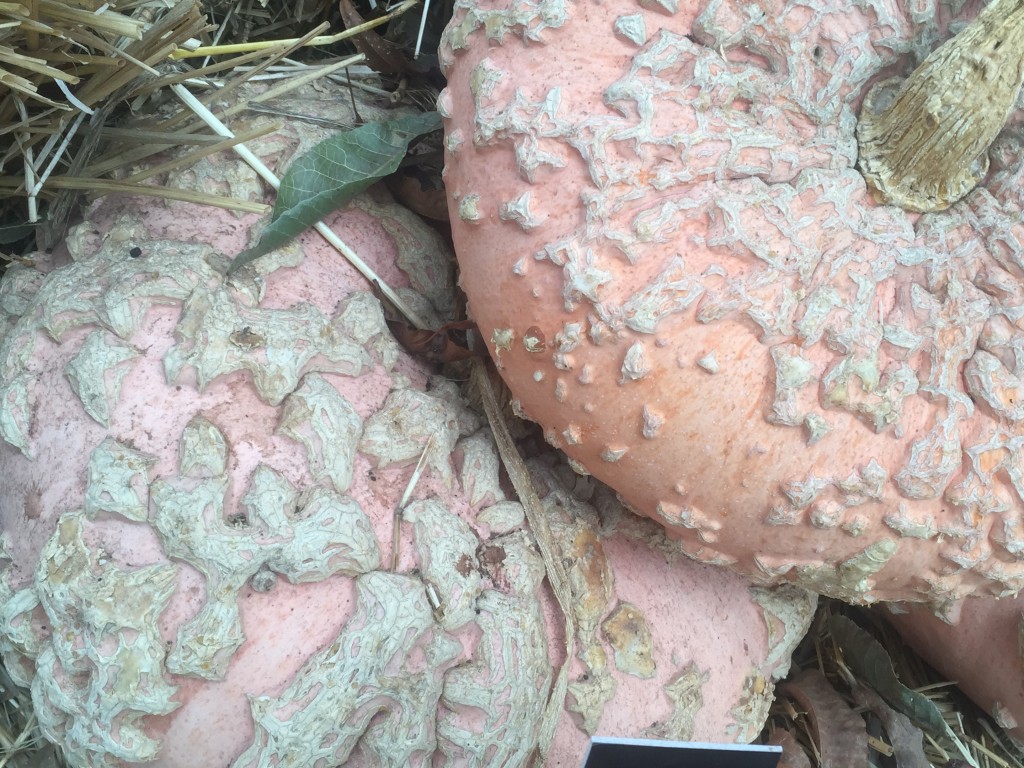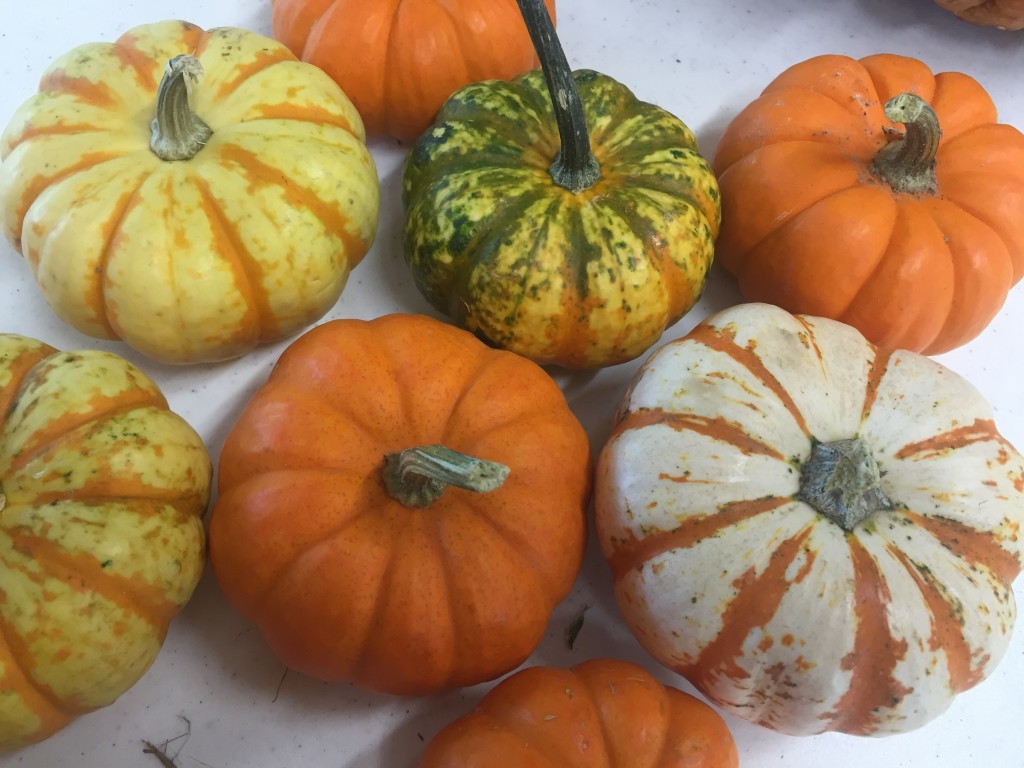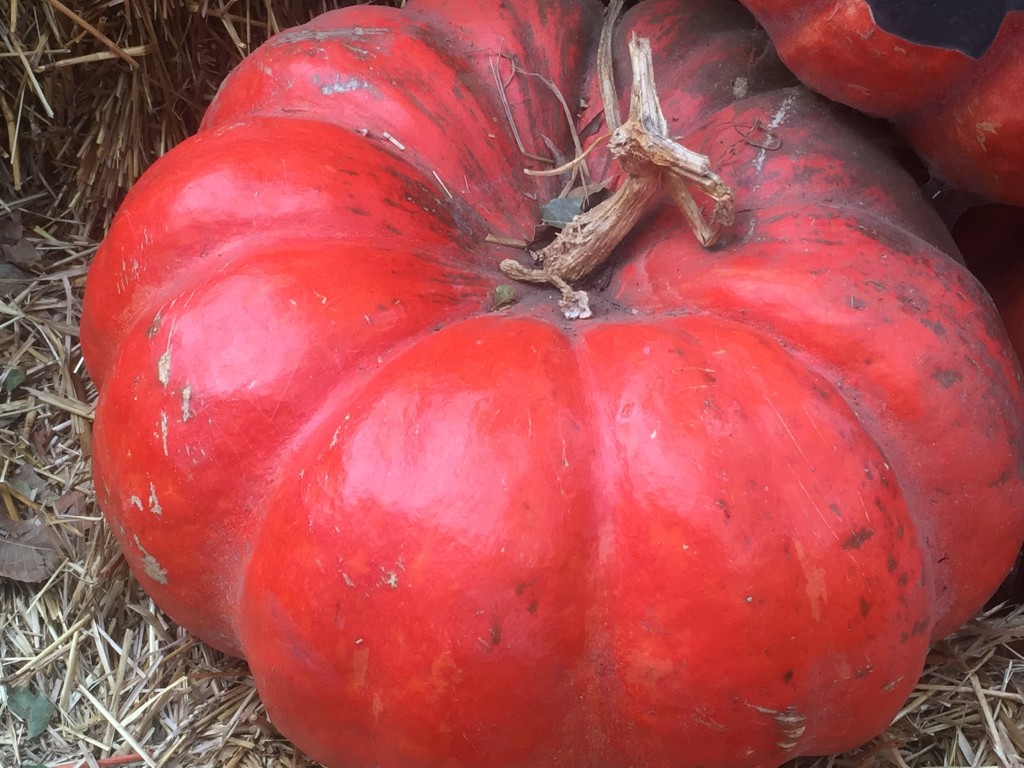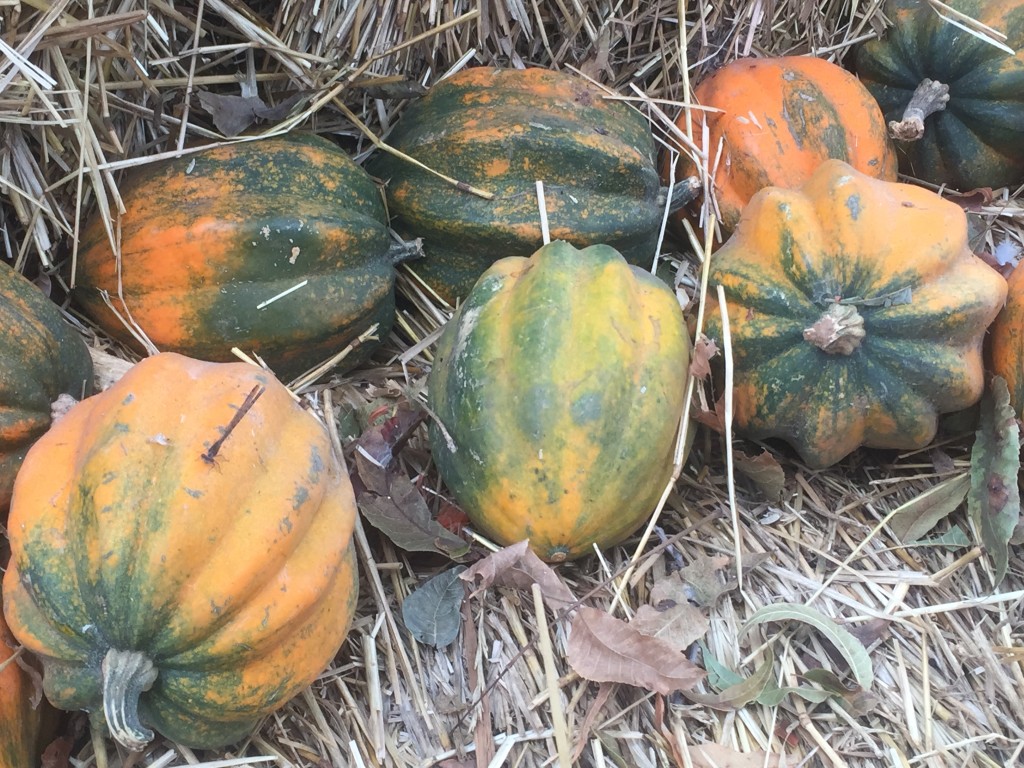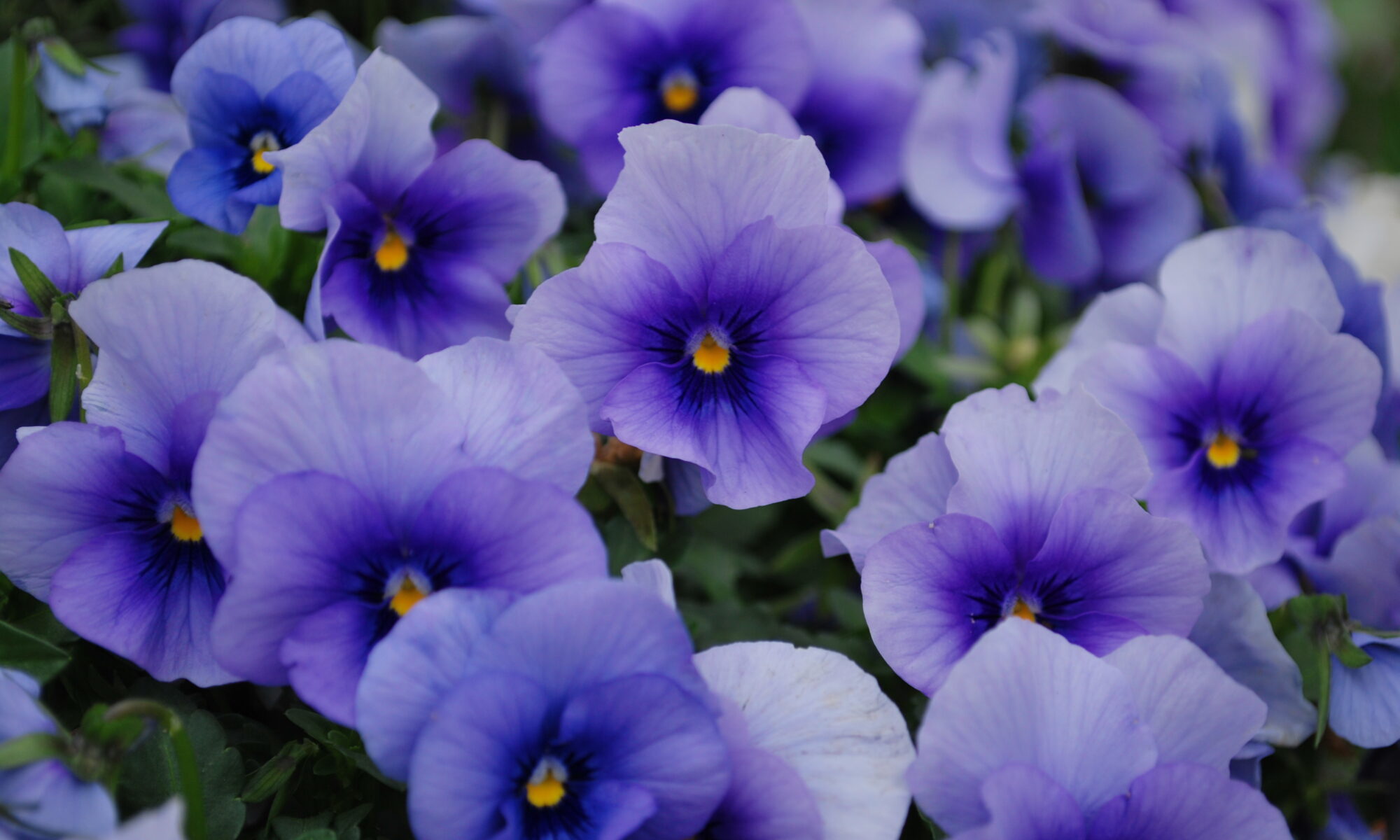Pumpkins are one of the icons of October. They provide a seasonal cue for fall. You can carve ’em, eat ’em (along with flesh, seeds, and flowers), and decorate ’em. You can even float ’em in water.
A few activity ideas…
Grow pumpkins, gourds, and squash in the garden in spring and watch them grow all season long. You can even do pumpkin scarring as the fruit forms on the vine.
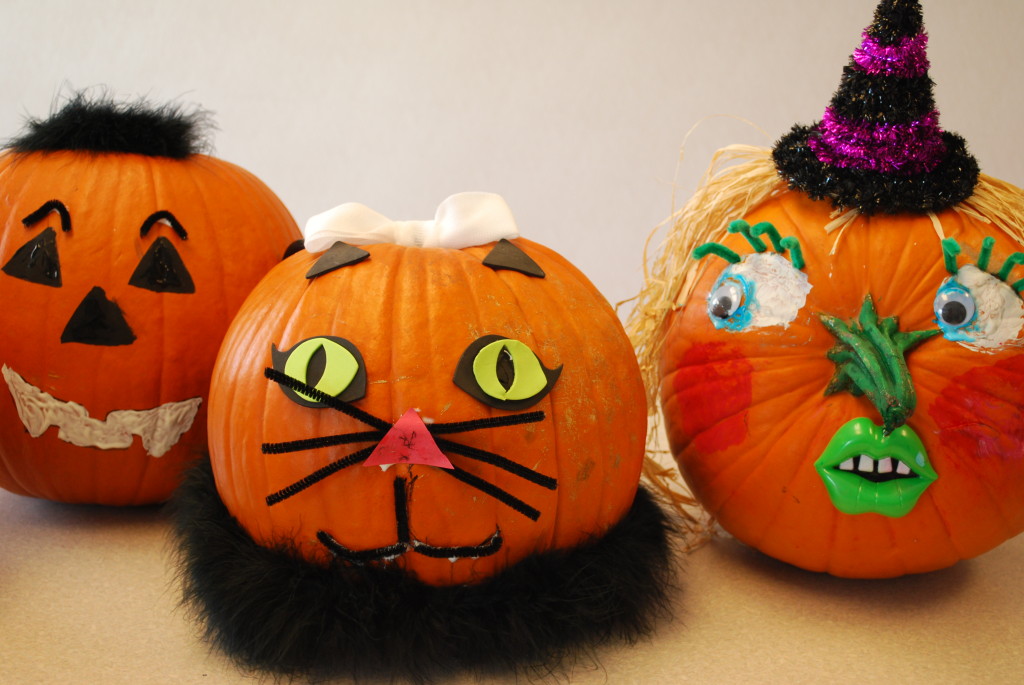 Decorate Jack O’Lanterns, either by carving them or creating no-carve themed pumpkins made to look like black cats, spiders, witches, ghosts, fall flowers, fall leaves, traditional, and more. Before pumpkins became the traditional fruit or veggie of choice to carve, some cultures like the Irish were known to carve other objects, such as potatoes, rutabagas, gourds, turnips, beets, and more. Some of today’s traditions are, in fact, rooted in Celtic history.
Decorate Jack O’Lanterns, either by carving them or creating no-carve themed pumpkins made to look like black cats, spiders, witches, ghosts, fall flowers, fall leaves, traditional, and more. Before pumpkins became the traditional fruit or veggie of choice to carve, some cultures like the Irish were known to carve other objects, such as potatoes, rutabagas, gourds, turnips, beets, and more. Some of today’s traditions are, in fact, rooted in Celtic history.
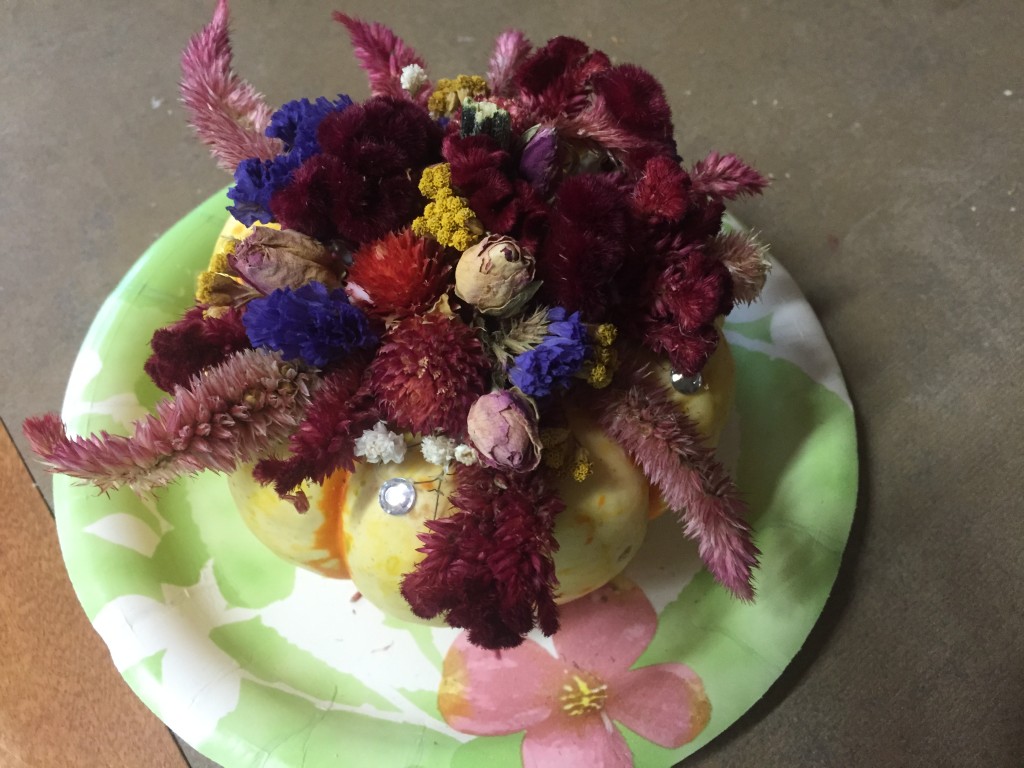 Glue dried flowers and other natural elements onto mini pumpkins.
Glue dried flowers and other natural elements onto mini pumpkins.
Do a sensory exploration activity. Float pumpkins in water and try to push them underwater. Carve out a lid, remove it, and pull the pumpkin “guts” out. Examine the contents – what does it feel like? What does it smell like? Save the seeds and do a separate activity with them, like seed drying, seed dying, finger labyrinths with seed, and so on.
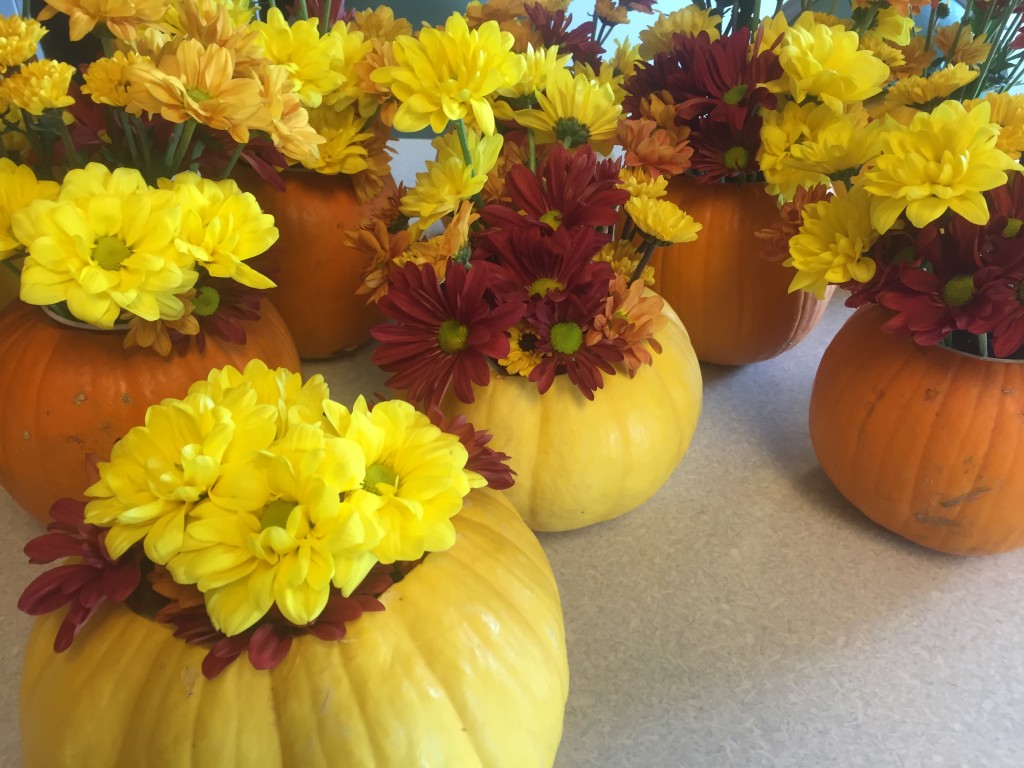 Carve out a lid, remove it along with the pumpkin “guts,” insert a cup inside the pumpkin, fill it halfway with water, and use it as a vase to create a floral arrangement in a pumpkin. Pie pumpkins or Millionaire pumpkins are great for this.
Carve out a lid, remove it along with the pumpkin “guts,” insert a cup inside the pumpkin, fill it halfway with water, and use it as a vase to create a floral arrangement in a pumpkin. Pie pumpkins or Millionaire pumpkins are great for this.
Examine pumpkins for their interesting features and/or funny names. There are white, yellow, orange, striped, and almost red ones. There are pumpkins with bumpy “warts” all over them. There are miniature, small, medium, large, and giant sized pumpkins.
Take a look at this variety of pumpkins.
